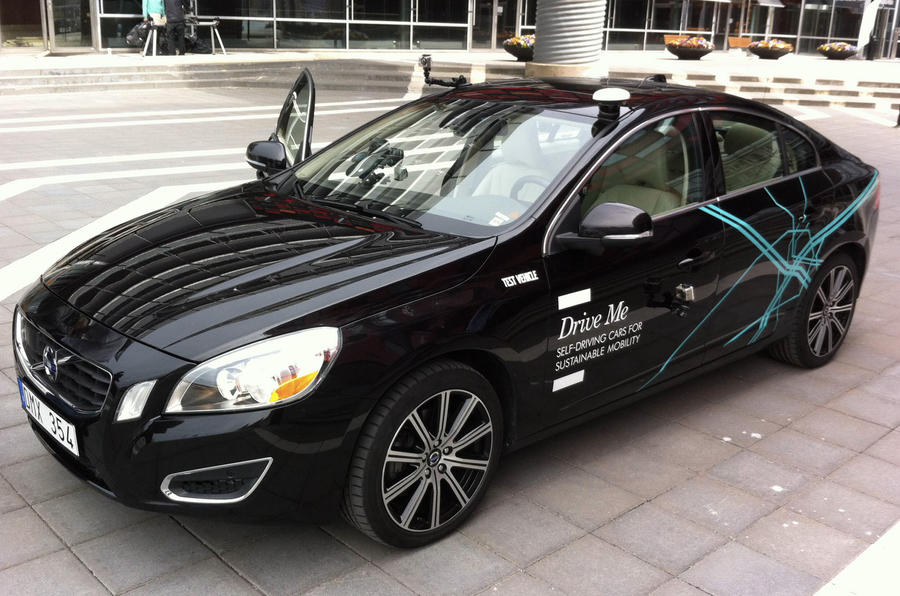January 1 2017 promises to be an interesting day on the roads of Gothenburg, Sweden. It will mark the start of a two-year test scheme involving 100 fully autonomous – or self-driving – Volvos.
On that day, city locals caught up in the rush hour grind may very well cause a disproportionate number of traffic incidents by being distracted by the amazing self-driving cars they’re running alongside. But Volvo, being Volvo, will probably have thought of that. The long-term plan is for autonomous cars to make roads in Sweden – and around the world – significantly safer places to be by eliminating human error.
The test scheme, which has been created by Volvo but is supported by city authorities, road network stake-holders and the Swedish government, will be the first in the world to put autonomous cars into the hands of ordinary drivers, in amongst normal daily traffic, in significant numbers. It’s a bit of a landmark in the development story of the modern car. And Volvo gave me an idea what life will be like for the ‘drivers’ of those pioneering test cars yesterday, after a ride in one of its ‘driverless’ prototypes.
An Volvo S60 with one or two extra little boxes taped to the bodywork, this early development car primarily used only the hardware already fitted as part of Volvo’s existing active safety systems, together with some updated control software, for eyes. The finished test cars will be more advanced – although exactly how much more will depend on how much Volvo’s market research suggests that people are willing to pay for autonomous technology.
And yet, even now, Volvo’s concept works. The car drove itself for about 15 miles, down a fairly quiet stretch of Gothenburg’s answer to London’s North Circular. It braked when cars cut in ahead. It kept in its lane – although tended to weave a little bit within that lane when negotiating bends. But at all times, it seemed failsafe: ready with a warning to the driver when it needs you to intervene, or it suspects you may be in need of a wake-up call.
The latter bit’s particularly important. Volvo’s vision for the autonomous car is that it can work largely unsupervised by the driver – so that you can read or work, leaving the car to take the strain. But it wants you to remain alert and ready to take control – something the law is certain to mandate anyway. So, as well as having cameras looking forwards down the road ahead and behind, the driverless Volvo has one in the dashboard, looking right at you. Clever software studies your face and checks how often you’re looking at the road ahead. If you don't look up for a while, or even nod off, the car will wake you up.












Join the debate
Add your comment
No more insurance
Not so fast
Soon please
Finally, we must work towards having the shortest possible transition phase where the driver still has to be sitting ready to take control. It's probably necessary, but as soon as I can be sitting in the back asleep during a boring motorway journey, the better. I'll save my energy for seeking out some proper driving on b-roads and welsh mountain passess.